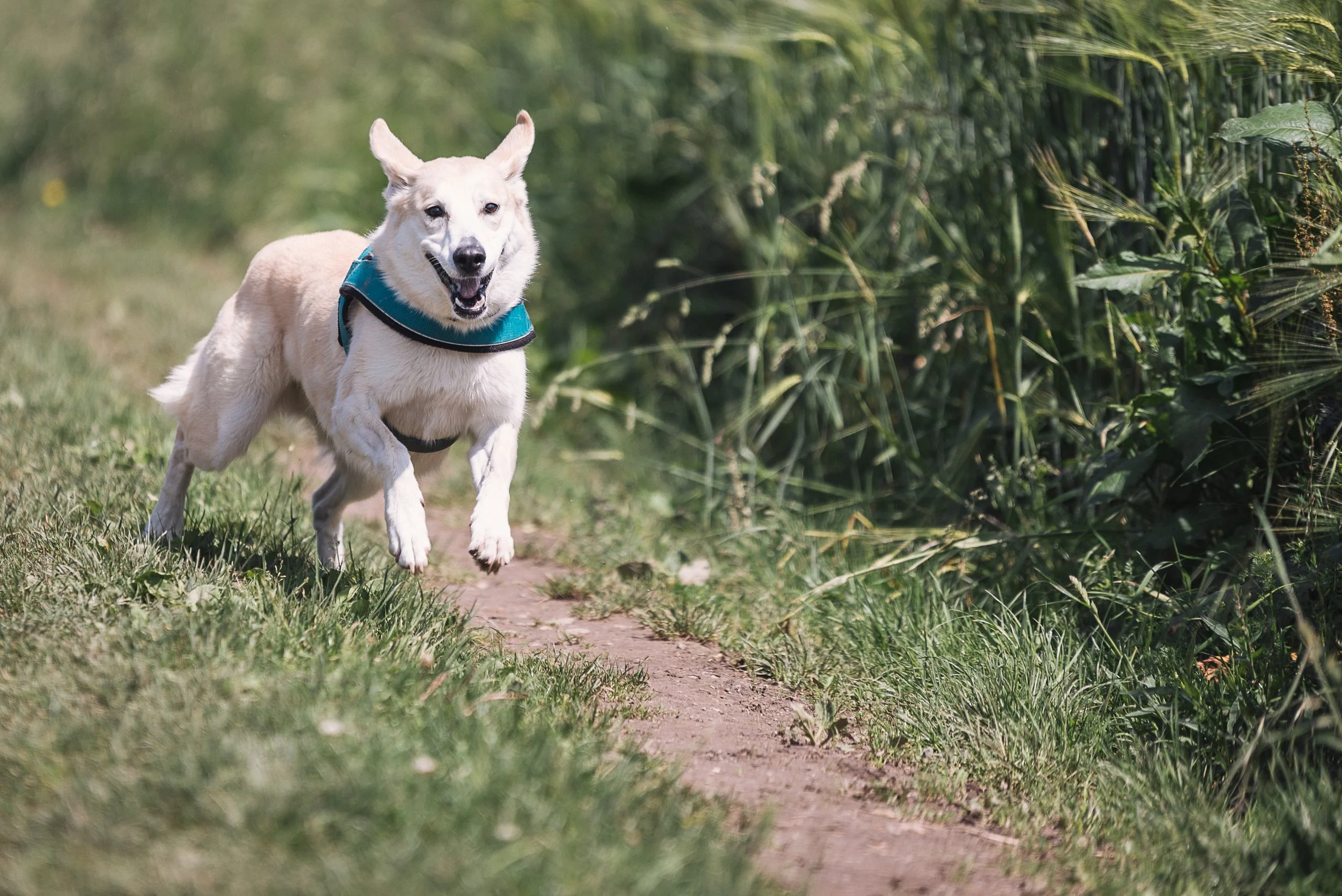Is It Possible To Train Your Dog TOO Much?
/The fast answer is "Yes! Of course!" But let's delve deeper and understand why over-training is a thing, and how you can avoid it.
What is overtraining?
Dog brains aren't significantly different from human brains in the way they learn skills and format memories. Without getting too much into the neuroscience of things like synaptic formation and dendritic pruning, we can still discuss what happens when we try to overdo it. We've all heard the advice to get a good night's sleep before an exam, and the importance of studying in small chunks instead of cramming. The advice has merit and is backed by all the research on the subject.
Overtraining in dogs has all the downsides of cramming right before an exam. The memory retention suffers, the skills are poorly learned, and performance is sloppy. In addition to those problems, the training exercises get tedious for the dog and instead of your sessions being "fun with my human!" the dog learns to dread them as a source of boredom. Avoiding the pitfalls of too many training sessions (or sessions that are far too long) results in a dog that learns their skills faster, enjoys working with you more, and performs the skills you teach it better.
How long should a session last?
An individual training session should last only as long as the dog is having fun with it. This may be an infuriatingly vague answer for people who love solid numbers, but that's because it's like everything else in dog training: it depends. Puppies have shorter attention spans than older dogs. Different breeds are able to focus on a singular task for longer. Even individual dogs have their own preferences. While it's impossible to give a one-size-fits-all answer to this question, it's fair to say that "about five minutes" is in the ballpark for most dogs. Your dog may be able to handle a lot longer, or much shorter.
Be hypervigilant for signs of boredom or frustration. Your sessions should stay fun so the dog always wants more. If you start seeing slow responses during a training session, or your dog is ignoring you to find something more interesting to do, your sessions might be lasting too long (or maybe you're training at higher criteria than your dog is ready for - I'll tackle that issue in a different article). Get a feel for your dog and train for as long as they're still having fun - quit while they still want more.
How often should we train?
Again, it depends. At a minimum, a few sessions per week can be sufficient for some skills. Other concepts can benefit from daily practice or even several sessions per day. Our intuition can get us in trouble here because it's natural to think that the more difficult the task the more often it should be trained. This is the opposite of the truth. Think about mental work the way physical work is done. The harder you work your muscles (or your brain) the longer you'll need to recover. Your brain and your muscles recover using different cellular mechanisms, but both have a common factor: it takes time. So perhaps with something simple like "sit," you could do three short sessions per day with no ill effects, but with a long chain of behaviors put together like an obstacle course you might give your dog a few days off between practices.
What to do when not training?
How long and how often you train your dog is part of the picture, but just as important is what you're doing when you're not actively involved in a session. Just this year research was released specifically about dog training and activities that followed. The dogs were split into four groups, each given a different post-training activity for one hour: sleep, toy play, walking, or learning something else. The dogs in the sleep group showed the most success when retested after the hour, but every group BUT the learning group showed improvement when tested after a week. Passive learning is real. When we (humans, dogs, whatever) spend some time learning something, our brain spends time after that consolidating the new memories. Trying to stack other learning immediately after can interrupt those neural pathways.
In practice, what this means again is pay attention to your dog. When you're all finished with a training session, find something completely different to do. Go for a walk. Give them a chew or interactive toy to play with. Let them take a nap. Use your understanding of what activities your dog enjoys combined with their attitude at the time (example: maybe don't try to make a sleepy dog go for a walk, let them nap).
Learning is happening all the time, and a lot of what your dog is learning isn't what you're actively trying to teach. They're learning about how fun you are to hang out with. They're learning about how respectful you are of their needs. They're learning about your routines and what that means for their life. Use that to your advantage! Be fun. Structure your activities in ways that benefit your dog's lessons. And most importantly, pay attention to the dog in front of you, no two dogs are the same and no two dogs will have the exact same needs.
Benjamin is the owner of Good Doggy Saratoga. You can follow him on Facebook.
If you liked this article, please like and share below. You can also subscribe to receive blog updates in your email.





